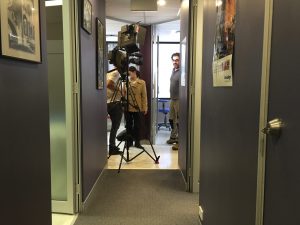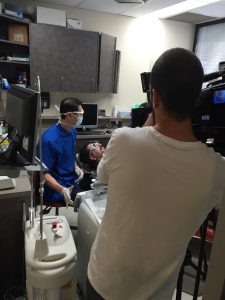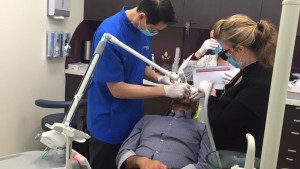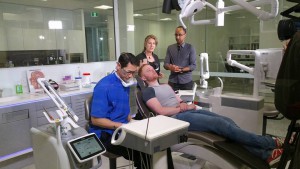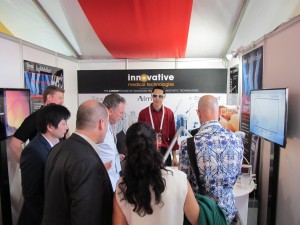MEDIA
Game Changers : Entrepreneurs Leading Change
Welcome to the Game Changers, where I have the pleasure of introducing you to five ‘small business’ owners, who in their own way. have ‘Changed the Game’ in their individual industries to make a bigger impact and lead the way for innovative change.
Jason Pang, has combined his love of cutting edge technology with his passion to deliver high quality dentistry. He now travels the world teaching other dentists how to deliver higher quality services in their practices. In his chapter Jason shares how he’s turned the dentist industry upside down.
Nine News story on NightLase laser treatment by Dr Jason Pang
24th June 2016
A Nine News crew came in to interview a patient and myself about the NightLase laser snoring treatment. They were interested to see whether it worked and spoke to one of our patients that had a successful treatment. After that I was interviewed about the treatment and how it works to stop snoring and help patients and their partners sleep better. They also got some footage of the laser in action. About 40 min of footage resulted in a 2 min segment. Enjoy!
How To Stop Snoring With New Laser Snoring Treatment
The fitness and wellness industries understand the importance of adequate, quality sleep. Snoring impacts about 40% of people leading to disturbed sleep for individuals and their partners. The NightLase anti-snoring treatment helps reduce the duration and volume of snoring without any surgery, anaesthetic, or downtime. Opening of the airways leading to better breathing, improved sleep and better health.
Live demo of dental laser at AADFA Aestheticon conference Sept 2015
Dr Jason Pang, Dr Hisham Abdalla and Dr Lisa Martriste were invited to demonstrate the aesthetic procedures that are possible with the new Lightwalker AT S dental laser at the first Australasian Academy of Dento-Facial Aesthetics AADFA Aestheticon conference. This conference hosted the best speakers in the dental world to focus on the progressive technologies, techniques and materials in regard to aesthetic dentistry.
From the Sirona HQ, the demos on live patients were beamed to The Star where the delegates were gathered. Intraoral tightening for naso-labial folds and marionette lines, lipase lip plumping and NightLase anti-snoring treatment were shown.
Bite Magazine Education Story – Join the leaders in innovation and diversification



